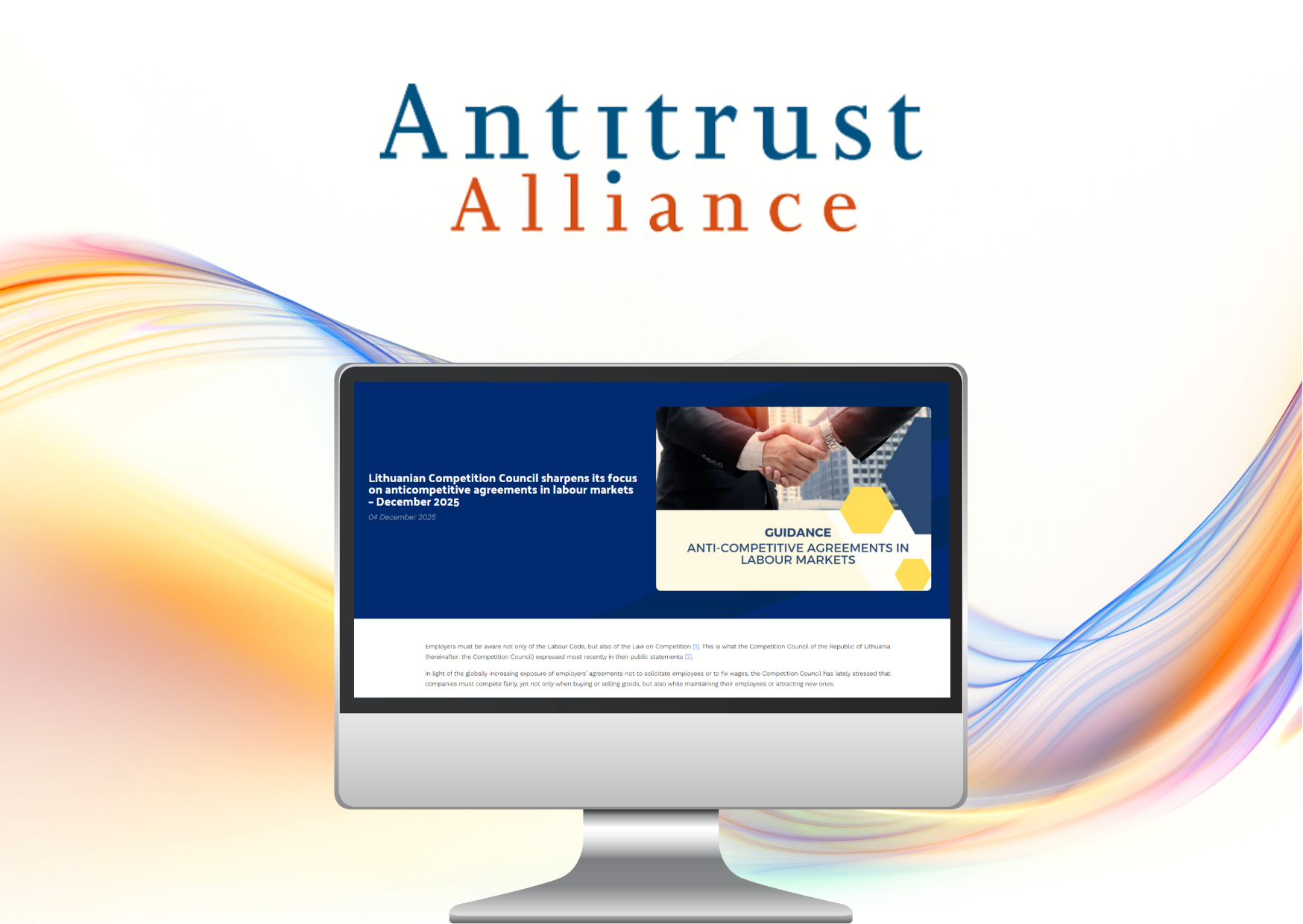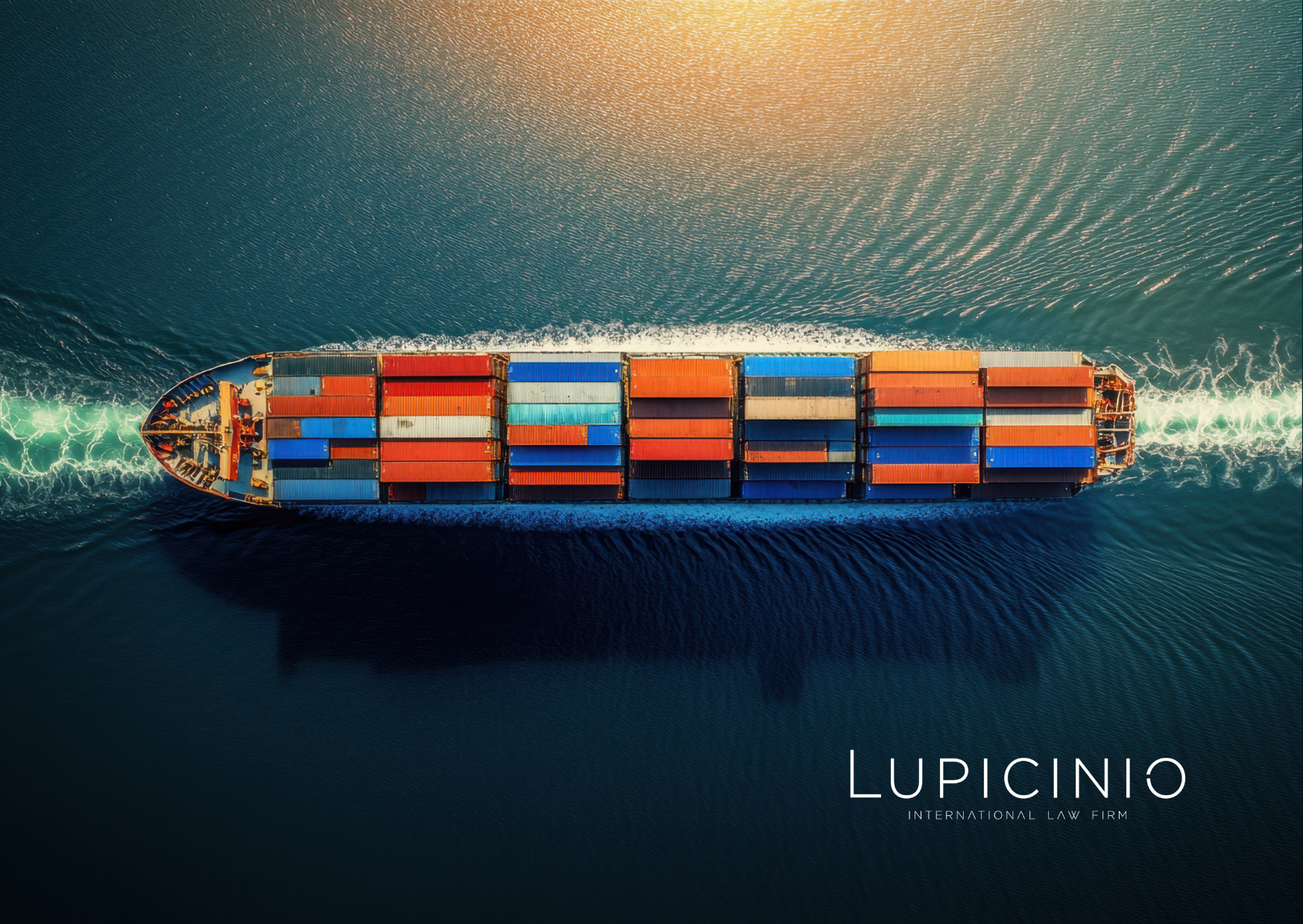New List of Risk Countries Identified by The European Commission

On 13th February, 2019, the European Commission, complying with the obligations established in the fourth and fifth anti-money laundering directives, published a new update of the countries that in this matter should be considered high risk. As you know, the first list was published in 2016 (through Delegated Regulation (EU) 2016/1675) and was subsequently updated several times, the last one in the month of July 2018 (through the Delegated Regulation (EU) 2018/1467).
The list adopted by the Commission is framed by a Delegated Regulation that will be presented to the European Parliament and the Council for approval within a month (with a possible extension of an additional month). Once approved, the Delegated Regulation will be published in the Official Gazette and will come into force 20 days after its publication.
For the preparation of the list, the Commission used its own methodology (which it presented in June 2018) that differentiated several phases:
- Delimitation phase: in November 2018, the Commission published the list of the 132 countries that should be evaluated.
- Preparation phase of the list: Of the 132 countries and territories identified, the Commission extracted a group of 54 countries of “priority 1”.
- Evaluation phase: after evaluating these 54 countries, the Commission identified 23 countries and territories with strategic deficiencies in their mechanisms to combat money laundering and financing of terrorism, according to the following:
- Insufficient penal sanctions in the case of money laundering or financing of terrorism.
- Insufficient application of due diligence requirements with respect to the client by financial and non-financial institutions.
- Intermediaries.
- Low level of notification of suspicious transactions made by intermediaries.
- Insufficient competences of the responsible authorities and low levels of punishment in case of infringement.
- Insufficient international cooperation with member states.
- Lack of transparency about the real ownership of companies and trusts.
- Insufficient application of selective financial sanctions based on United Nations resolutions.
- The remaining 31 countries form the “priority 2” group and the Commission will carry out its evaluation progressively until the year 2025.
The new list of high-risk countries, which will be updated on a regular basis, is currently composed of the following 23 countries, of which 12 coincide with countries indicated by the FATF:

CONCLUSIONS
We remind that the obliged subjects must, on the one hand, update their procedures and tools to classify these countries as high risk countries and, on the other hand, apply reinforced measures to all clients and operations related to the indicated countries (authorizations, verification and accreditation of information, monitoring and reinforced analysis, etc.).
Finally, it should be noted that the list of high-risk countries for the prevention of money laundering prepared by the European Commission should not be confused with the European list of fiscally non-cooperative countries. Although these lists share some countries, the objective of each of them is different, as well as the methodology used for their preparation or the criteria used.
Both lists are complementary and Lupicinio International Law Firm recommends the obliged subjects to take into account both lists (among others) when defining the risk criteria in their policies for the prevention of money laundering.





